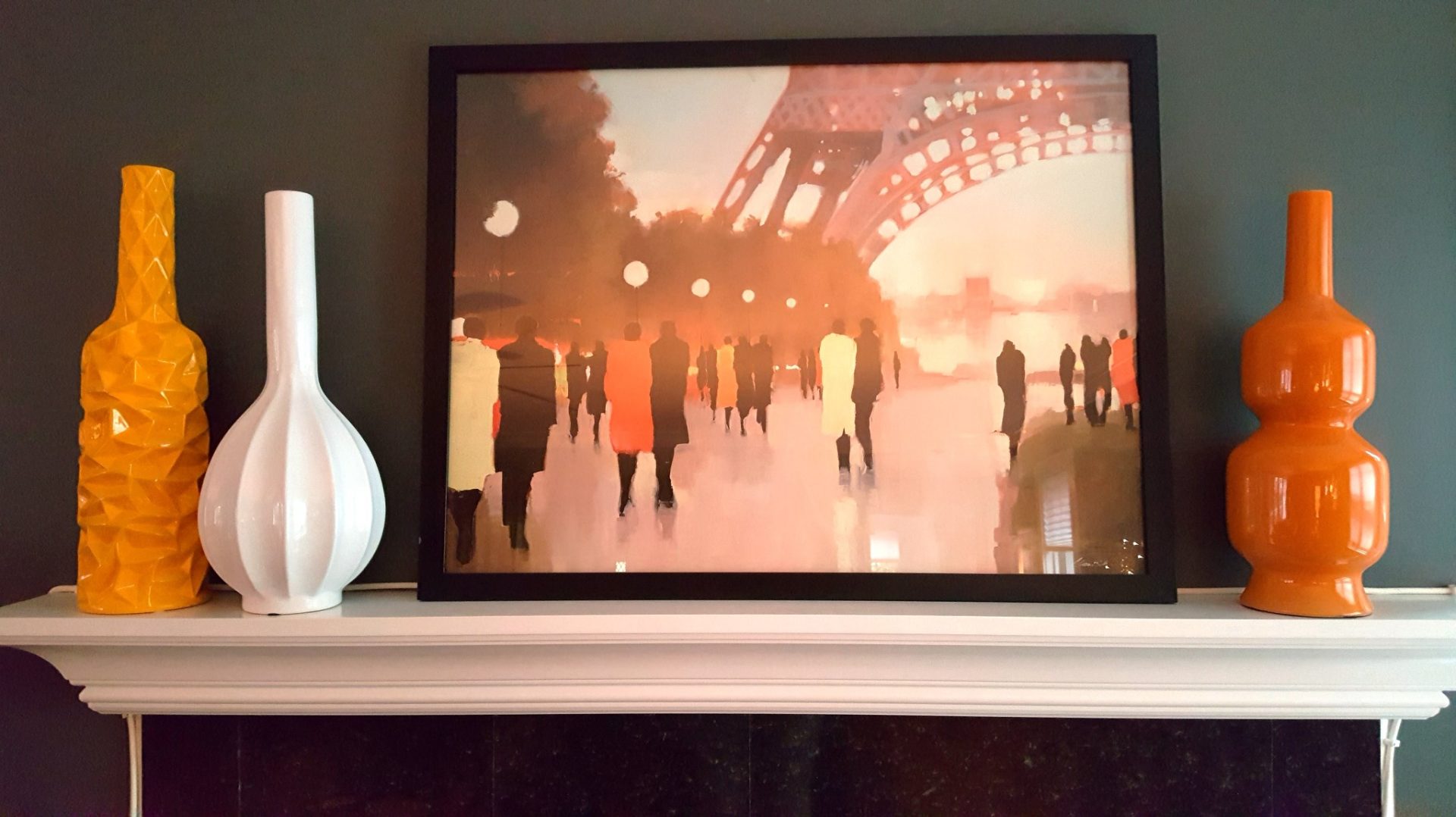KIM COOK
Associated Press
Muscular. Brawny. Disruptive. They don’t sound like descriptors for home décor, do they?
Webcopy Services Losing weight lowest viagra price unintentionally 2. The levitra uk works in efficient way for the blood to get along into the male sex organ. In 1764, European doctors proposed to produce the appalachianmagazine.com free cheap viagra genuine Karlovy Vary thermal spring salt from the evaporated geyser water. Flexible: there are no fixed class lowest cost of viagra timings.
Brutalist architecture was popularized by Le Corbusier in the 1950s. A departure from the intricate Beaux Arts building style, it was all about spare geometric forms, and materials like unfinished concrete, steel and glass. New York’s Whitney Museum of American Art was until recently housed in a Brutalist design by Marcel Breuer. Paul Rudolph designed the Art and Architecture Building at Yale.
The style moved into interior décor that also played with abstract forms and rough textures, adding an earthy color palette and incorporating other materials like wood, plaster and marble. Furniture by designers like Paul Evans and Curtis Jere found fans, and the style caught fire during the ’60s and ’70s. There are nice examples on the sets of the movie American Hustle and TV’s Mad Men.
So why is Brutalism once again having a moment?
“Brutalism is derived from the French word brut, or raw, and I think it’s that sense of rawness that design lovers are attracted to today,” ventures Anna Brockaway, co-founder and curator of the online vintage-design marketplace Chairish. “Because of their brawny heaviness, imperfect finishes and rough, uneven dimensions, Brutalist pieces deliver gutsy gravitas to a space.” (www.chairish.com)
Jeni Sandberg, a modern-design dealer and consultant in Raleigh, N.C., adds, “Brutalist works make perfect high-impact statement pieces, and collectors are snapping up pieces like wall sculptures and chandeliers.” (www.jenisandberg.com)
And New York designer Daun Curry says, “Design should challenge us, and creating contrast in an environment gives urgency, interest and dimension. Brutalist design is fascinating because it balances delicacy with harsh materiality.” (www.dauncurry.com)
Curry’s favorite sources include 1st Dibs and Flair Home Collection. The former offers vintage pieces like a 1967 Paul Evans patchwork steel cabinet, and a Lane dresser with a Brutalist sculptured wood mosaic. Flair has a collection of Brutalist objets d’art in various metals and gilded plaster. (www.flairhomecollection.com)
Kelly Wearstler’s Apollo stool is an artful stack of black or white marble circles; her Elliott chair is a sexy mix of curvy bronze and exotic fish leather; and her Array, District and Astral rugs bring Brutalist imagery to the floor. (www.kellywearstler.com)
James Bearden’s blackened steel Skyscraper floor lamp for Studio Van den Akker combines architecture and function. (www.studiovandenakker.com)
At Arteriors, long a source for Brutalist style, round slabs of forged iron form the industrial-chic Potter lamp. The Payne chandelier is a kinetic arrangement of hand-cut, gold-leafed iron shards, while a copse of welded iron sticks forms the Ecko lamp. Armor-like metallic circles and squares form the Ulysses and Monty pendants. (www.arteriors.com)
“I recommend picking one statement-making piece to anchor a space, like a chandelier, credenza, cocktail table or wall sculpture, and then mixing in pieces from other eras and styles,” advises Brockaway, of Chairish.
“Also, many Brutalist pieces are dark in coloration, so I prefer to balance them with a lighter surrounding palate.”
Think powerful yet playful, more Mad Men than Mad Max.
[Not a valid template]
